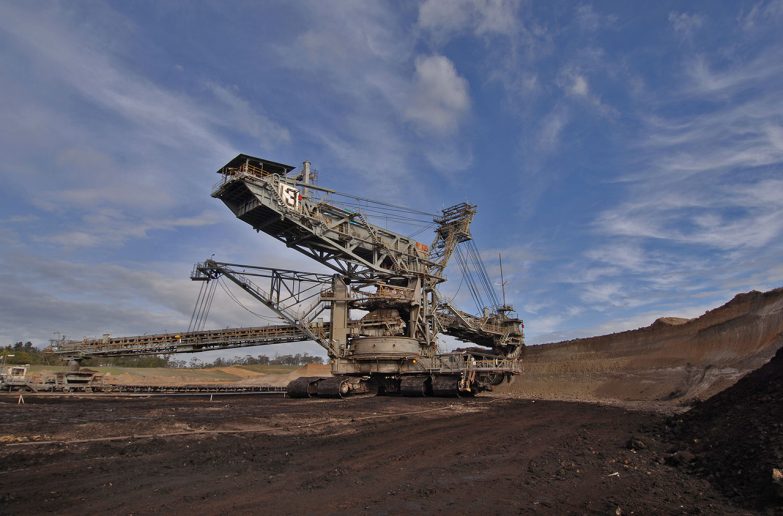A PETITION has been launched to stop brown coal from the Latrobe Valley being used to make hydrogen gas and being shipped to Japan after being liquefied at Hastings.
Friends of the Earth Melbourne’s No More Gas campaigner Freja Leonard last week said the proposed hydrogen energy supply chain (HESC) project “will drag Victoria further from realising our emission reduction targets of net zero by 2045 and drag the climate further into the danger zone”.
“Amid a climate crisis, this new coal project would extend the life of Australia’s dirtiest fossil fuel and, according to analysis by The Australia Institute, create between 2.9 to 3.8 million tonnes of CO2 a year, the equivalent of adding more than 700,000 petrol cars to the road.”
Equipment failure was blamed for a fire aboard a liquefied gas tanker while docked at Hastings in January 2022.
The flames did not lead to an explosion or fire, but the event is identified as being a serious incident, in a report released by the Australian Transport Safety Bureau (ATSB) more than one year later (“Equipment blamed for fire on hydrogen ship” The News 20/2/23).
Julia Stockigt, of Save Westernport, in February said the group had “always been concerned about the hydrogen liquification plant” at Hastings.
“Since [then] Planning Minister Richard Wynne called the project ‘an essential project for Victoria’ in 2019, it has enabled the facility to avoid the scrutiny of an environment effects statement to assess its safety and other impacts,” Stockigt said (“Fire aboard hydrogen ship” The News 4/4/22).
Leonard said the fire aboard the Suiso Frontier had given Hastings residents “a small taste of the risk associated with hydrogen export”.
“Hydrogen is the finest gas so it’s the hardest to contain and is notoriously volatile,” she said. “It embrittles steel and is highly flammable. I am sure that the residents of Hastings don’t want another potential Hindenburg disaster on their doorstep.”
Leonard said the project by international fossil energy companies including Kawasaki Heavy Industries, Royal Dutch Shell and AGL was an “affront” to Australia’s climate commitments and community safety.
The brown coal-to-hydrogen project’s commercial partners have also received backing by the federal and state governments, who each provided $50 million towards the $500m pilot, as well as the Japanese government (“Hydrogen set to go from Hastings” The News 30/3/21).
“If hydrogen is to have any place in our energy future it must be produced using clean energy,” Leonard said.
“The companies involved can spin this as clean hydrogen all they want, but the reality is if it’s using coal this is just another dirty fossil fuel project that the climate can’t afford.”
Leonard said carbon capture and storage (CCS) — the proposed method of storing CO2 produced in the coal-to-hydrogen project — “is an excuse for fossil fuel industries to keep polluting”.
“Chevron’s Gorgon project in WA has never met its target of 80 per cent lock down of carbon from gas projects. Even the global exemplars, two CCS projects in Norway, have bled carbon out of their storage basins. So, to say that CCS is going to make a brown hydrogen project carbon neutral in Victoria is literally a pipe dream.
“The companies involved can spin this as clean hydrogen all they want, but the reality is if it’s using coal this is just another dirty fossil fuel project that the climate can’t afford.”
The Friends of the Earth petition coincides with The Victorian Greens Energy and Resources Transition Amendment (Transition Away from Coal) Bill 2023 which is currently before the Legislative Assembly.
The petition is on the Parliament of Victoria website at bit.ly/No2HESC




